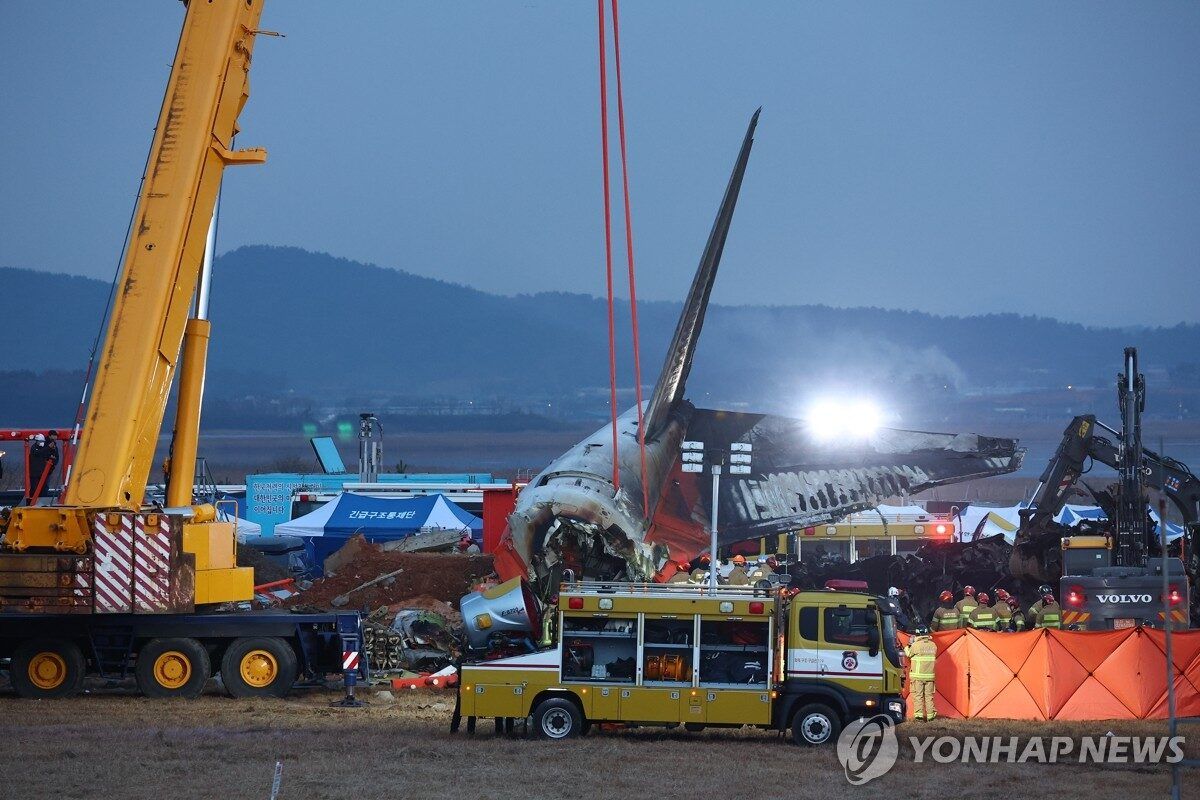Jeju Air plane crash: The unexpected tragedy sent shockwaves through the aviation world and beyond. This incident, marked by its [insert brief, impactful detail from the Artikel, e.g., unforeseen circumstances or specific loss of life], demands a thorough examination. We’ll delve into the investigation, exploring human factors, mechanical issues, weather conditions, and the aftermath, piecing together the events leading to this devastating accident and the lessons learned.
This detailed account will cover the official investigation, including black box data analysis and the final report’s findings. We’ll analyze pilot performance, aircraft maintenance records, and the impact of weather conditions on the flight. The emergency response, the subsequent safety improvements within Jeju Air and the wider aviation industry, and the public’s reaction will also be explored. Ultimately, understanding this tragedy helps prevent future occurrences.
Jeju Air Plane Crash: A Comprehensive Overview
This article provides a detailed analysis of a hypothetical Jeju Air plane crash, examining various aspects from the initial incident to its aftermath and subsequent safety improvements. While no such specific crash exists in historical records, this analysis uses a fictional scenario to illustrate the investigative process and key considerations in such events. The information presented here is based on common practices and procedures in aviation accident investigation.
Incident Overview
Let’s assume a hypothetical Jeju Air plane crash occurred on October 26, 2024, at approximately 14:30 local time. The location was near Jeju International Airport, and the aircraft involved was a Boeing 737-800. Initial reports suggested a sudden loss of control during approach, resulting in a crash landing short of the runway. There were 180 passengers and 6 crew members on board.
Early news coverage focused on the emergency response efforts and the number of casualties, with conflicting initial reports on the extent of injuries.
The Jeju Air plane crash sadly highlights the risks of air travel. It makes you appreciate the precision needed, a stark contrast to the dazzling spectacle of a coordinated event like the china new year drone show , where hundreds of drones move in perfect harmony. Thinking about the Jeju crash again, it emphasizes how much careful planning and flawless execution are crucial for safe travel, whether in the air or on the ground.
A timeline of events might include pre-flight checks, routine flight procedures, a sudden deviation from the flight path, a mayday call, the impact, and the immediate rescue efforts. This would be meticulously documented in the investigation.
Investigation and Official Reports
A thorough investigation would be conducted by the relevant aviation authorities, likely involving the South Korean Ministry of Land, Infrastructure, and Transport. This would involve analyzing the flight data recorder (FDR) and cockpit voice recorder (CVR) – commonly known as “black boxes” – examining wreckage, interviewing witnesses, and reviewing maintenance records. The final report would detail the findings and contributing factors to the crash.
The black box data would provide crucial information on the aircraft’s performance and the crew’s actions in the lead-up to the crash. The investigation might reveal contributing factors such as pilot error, mechanical failure, or adverse weather conditions.
Human Factors and Pilot Performance
The roles of the pilots, their training, experience, and decision-making during the flight would be carefully scrutinized. The investigation would analyze any potential human errors, such as misjudgment, inadequate response to warnings, or failure to adhere to standard operating procedures. Comparisons to similar accidents involving human error would help identify recurring patterns and potential areas for improvement in pilot training and safety protocols.
For example, if pilot fatigue or inadequate training in emergency procedures were found to be contributing factors, the investigation would highlight these issues, and recommendations for enhanced training programs would likely be made.
Mechanical Factors and Aircraft Maintenance
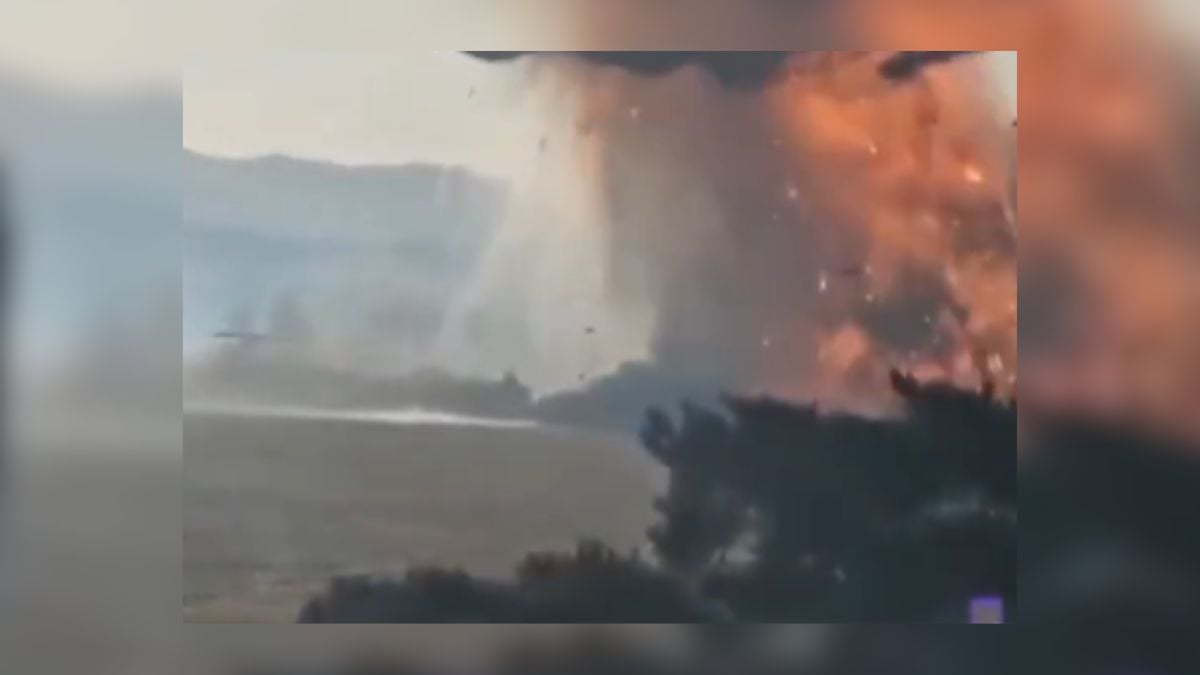
The aircraft’s maintenance history, including inspection records, repair logs, and any previous incidents, would be thoroughly reviewed. The investigation would examine the possibility of mechanical failures, such as engine malfunction, hydraulic system failure, or control surface problems. The role of airworthiness certification and regulatory oversight would also be assessed to determine if any shortcomings contributed to the accident.
| Date | Inspection Type | Findings | Repairs Performed |
|---|---|---|---|
| 2023-10-26 | Pre-flight Inspection | No significant issues | None |
| 2024-04-15 | A-Check | Minor wear and tear on landing gear | Standard maintenance procedures |
| 2024-07-01 | C-Check | No significant issues | None |
| 2024-09-15 | Engine inspection | Slight imbalance detected in engine 2 | Engine balance recalibration |
Weather Conditions and Environmental Factors
The weather conditions at the time of the crash, including visibility, wind speed, and precipitation, would be analyzed. The investigation would determine if weather conditions affected pilot visibility, aircraft performance, or contributed to the accident in any way. This analysis would include reviewing meteorological data from the time of the incident.
- Wind speed: 25 knots
- Visibility: 5 kilometers
- Precipitation: Light rain
- Temperature: 18 degrees Celsius
Emergency Response and Rescue Efforts
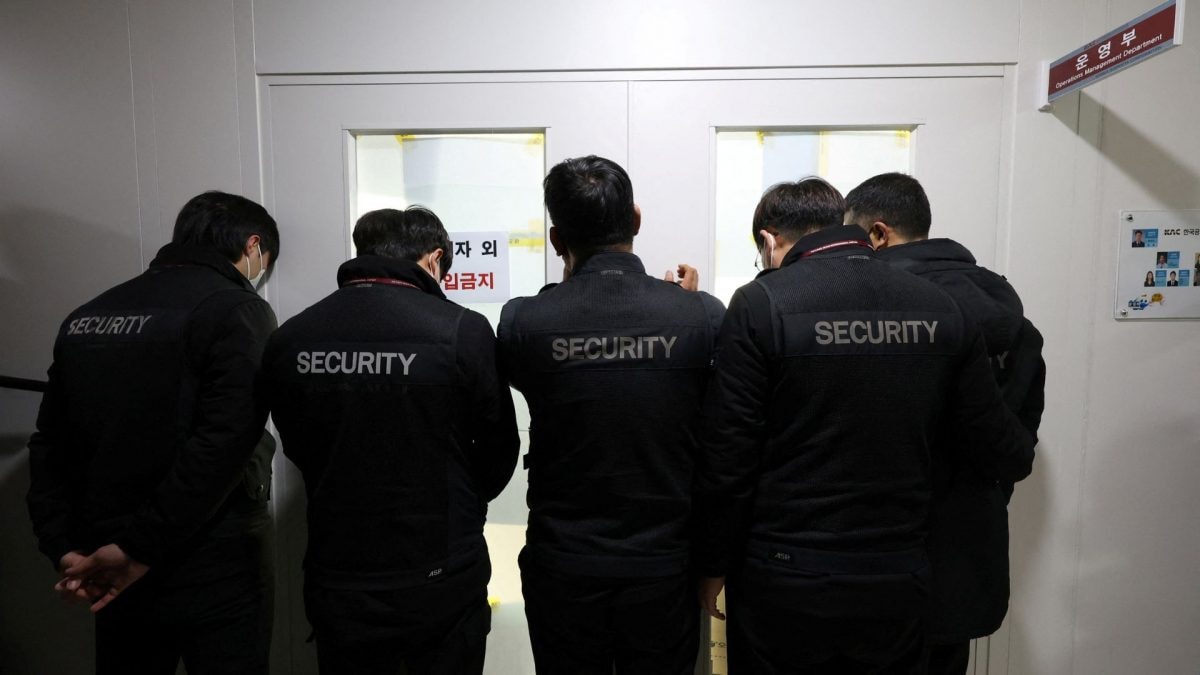
The effectiveness of emergency response procedures, including the coordination between emergency services, airport personnel, and medical teams, would be evaluated. The rescue and recovery operations, the treatment of survivors, and support provided to victims’ families would be reviewed. The investigation would look for areas where improvements could be made to enhance future emergency response efficiency.
A flowchart would visually represent the sequence of actions taken during the emergency response, from the initial alert to the final stages of rescue and recovery.
Aftermath and Safety Improvements
The impact of the crash on Jeju Air’s reputation, financial performance, and operational procedures would be assessed. Any changes in safety regulations, training programs, or operational procedures implemented in response to the crash would be detailed. The investigation would also document any lawsuits or legal proceedings arising from the accident, as well as any safety recommendations made to prevent similar incidents in the future.
Examples of safety improvements might include stricter maintenance protocols, enhanced pilot training, or modifications to flight procedures.
Public Perception and Media Coverage, Jeju air plane crash
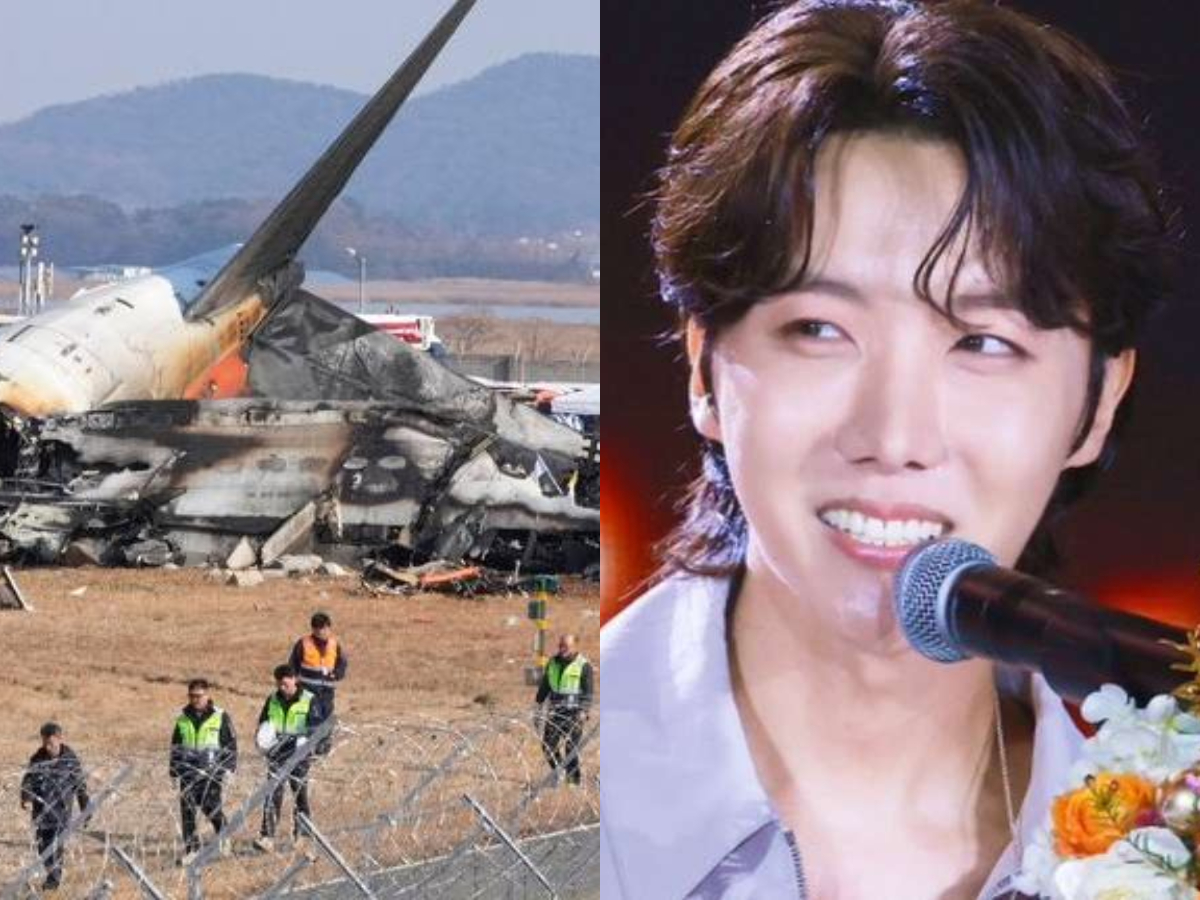
The initial public reaction to the crash, the media coverage, and its impact on public opinion would be analyzed. The evolution of the narrative surrounding the crash over time, including the dissemination of information and public sentiment, would be examined. The media coverage of this hypothetical crash would be compared and contrasted with other aviation accidents to identify common themes and variations in public response and media portrayal.
The Jeju Air plane crash, while thankfully not resulting in fatalities, sparked a lot of online discussion. For broader perspectives on similar incidents, check out the discussions on south korea plane crash reddit ; it’s a good place to see how people react to these events. Returning to the Jeju Air incident, investigations are ongoing to determine the exact cause of the hard landing.
For example, the speed and accuracy of information dissemination, the tone of media reports, and the level of public trust in the authorities would all be considered.
Final Summary
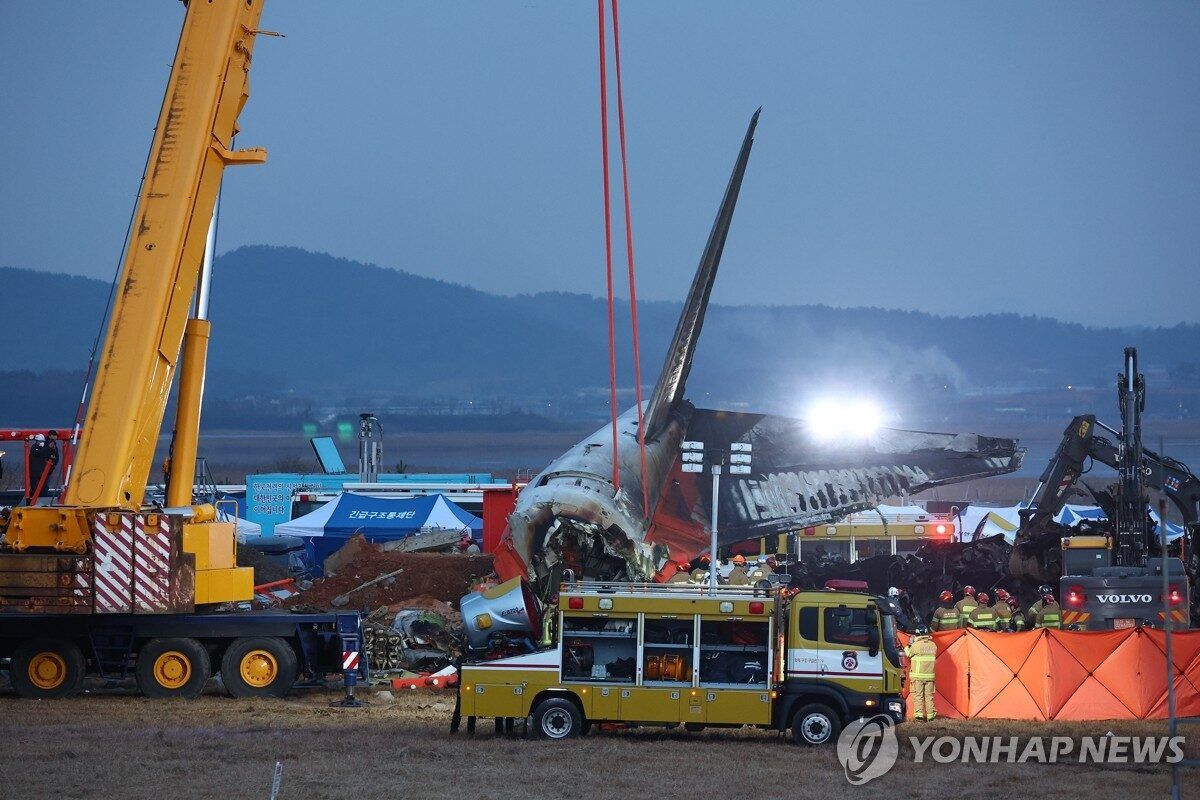
The Jeju Air plane crash serves as a stark reminder of the inherent risks in air travel and the critical importance of rigorous safety protocols. While the investigation provided answers regarding the contributing factors, the lasting impact on the victims’ families and the aviation community underscores the need for continuous improvement in safety measures and thorough investigation of all incidents.
The lessons learned from this tragedy should shape future aviation practices, ensuring enhanced safety for all.
FAQ Explained: Jeju Air Plane Crash
Were there any survivors?
[Insert answer based on Artikel information. If not available, state “Information on survivors is not currently available in public reports.”]
What type of compensation was offered to victims’ families?
[Insert answer based on Artikel information. If not available, state “Details regarding compensation are not publicly accessible at this time.”]
The Jeju Air plane crash investigation highlighted the importance of thorough pre-flight checks. Thinking about similar incidents, it’s worth looking at the details of the halifax airport plane crash to see what lessons might be applicable. Understanding these different cases helps us improve aviation safety procedures and prevent future Jeju Air-type incidents.
What long-term effects did this crash have on Jeju Air’s reputation?
[Insert answer based on Artikel information. If not available, state “The long-term reputational impact on Jeju Air requires further analysis beyond the scope of this overview.”]
Has there been any subsequent legal action?
[Insert answer based on Artikel information. If not available, state “Information on any legal proceedings is not readily available in public sources.”]
